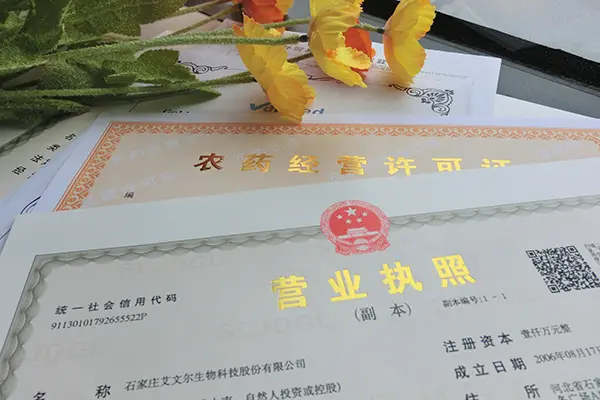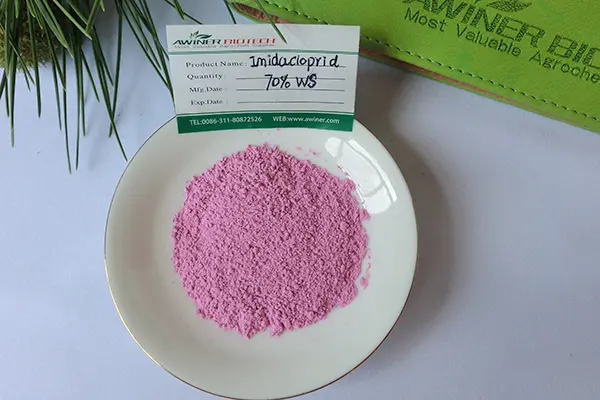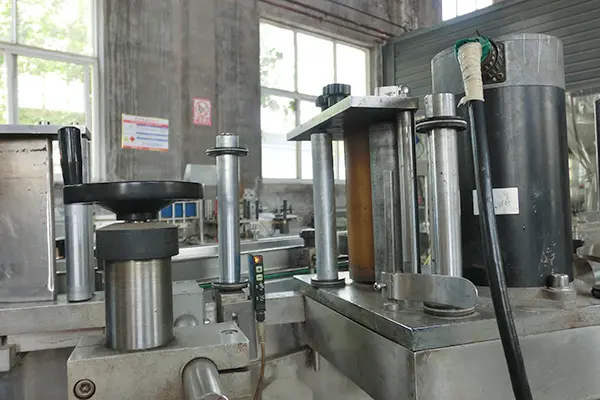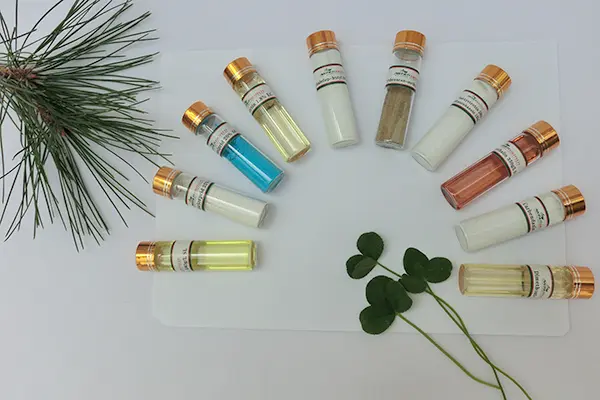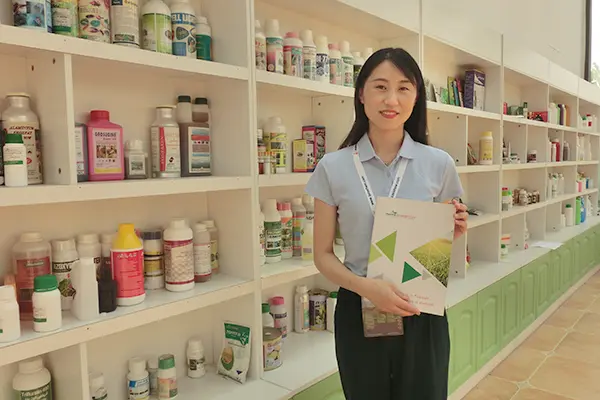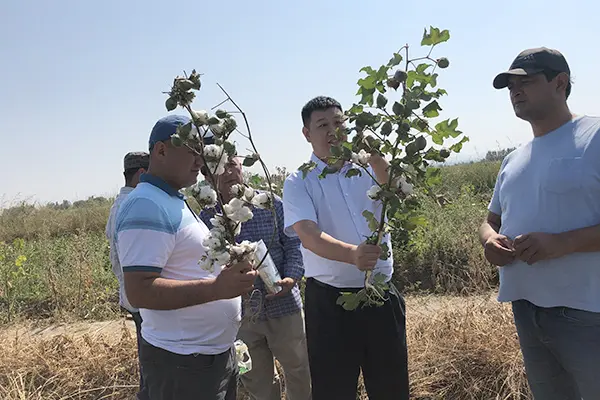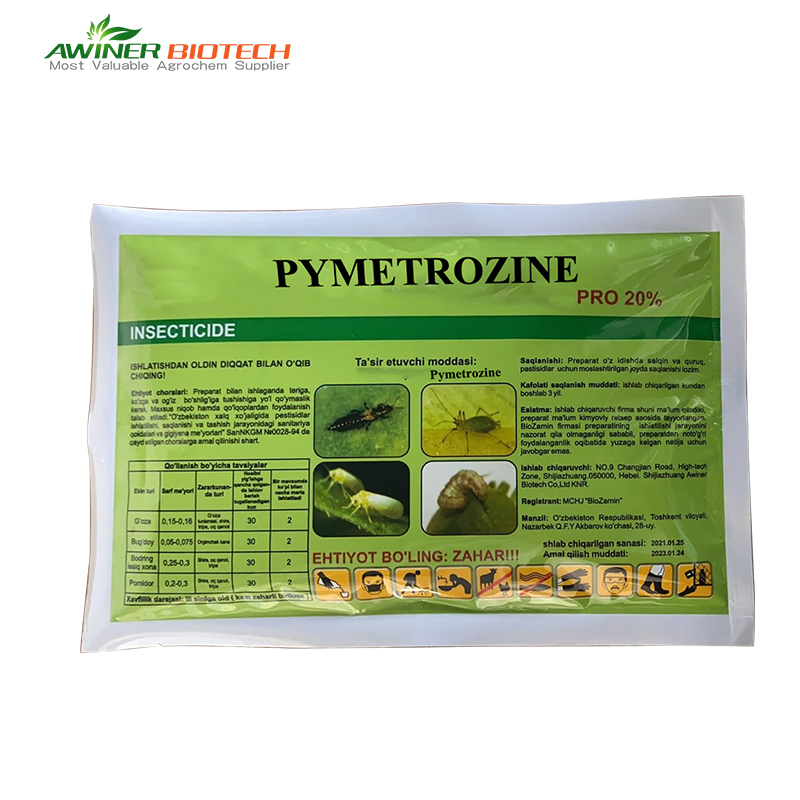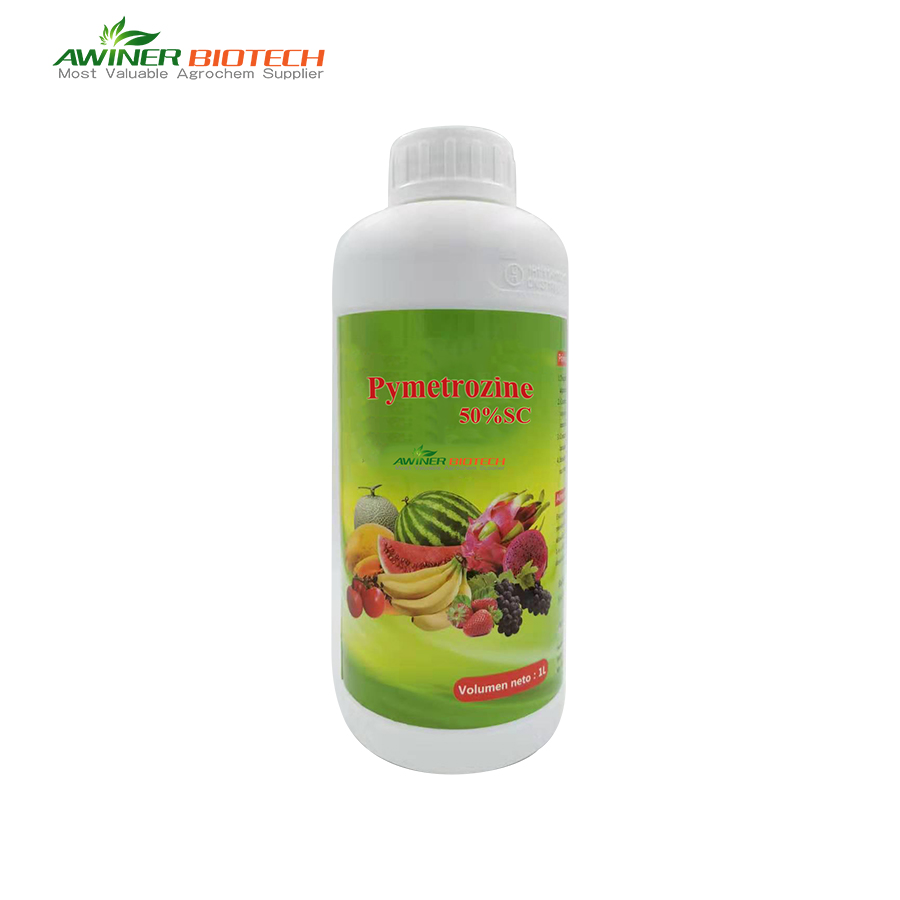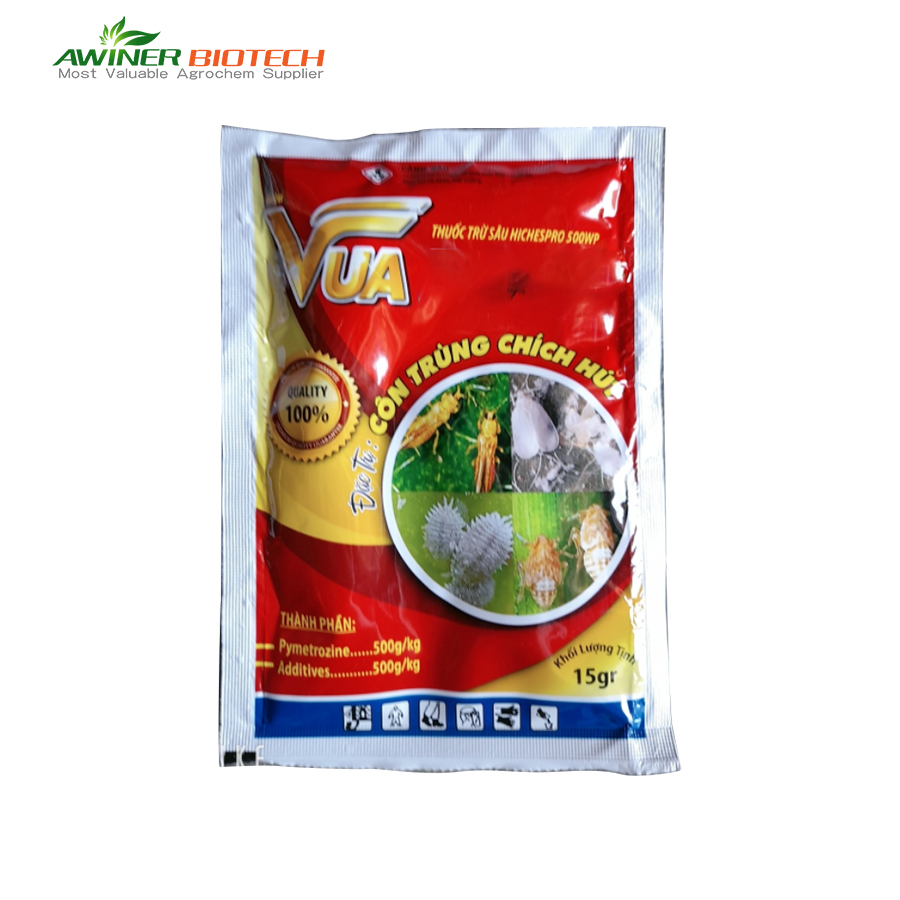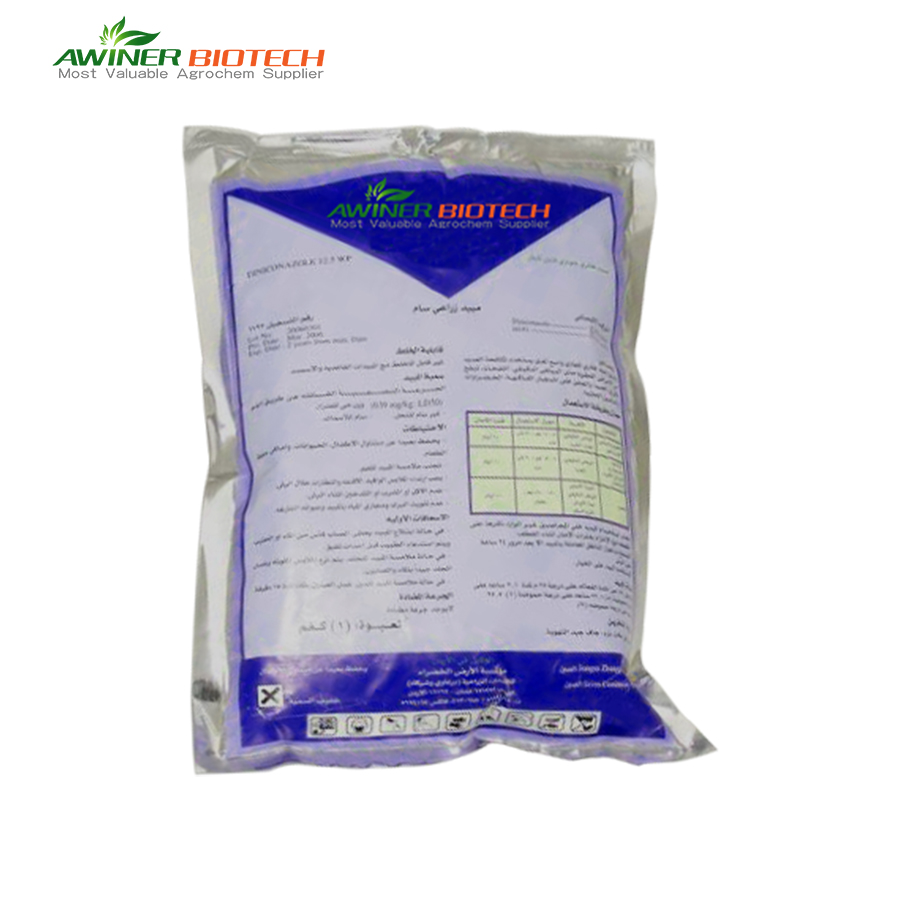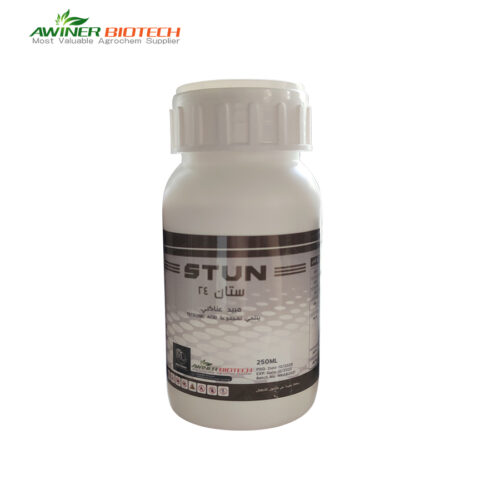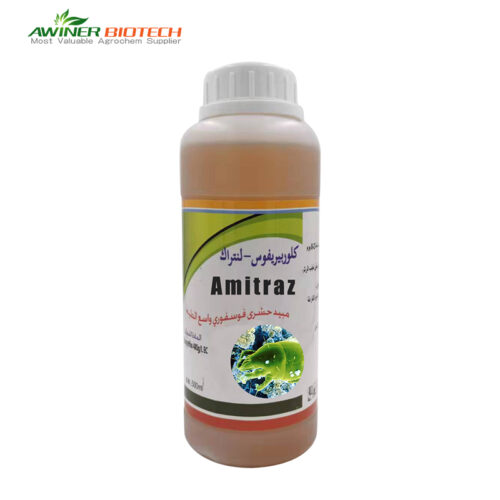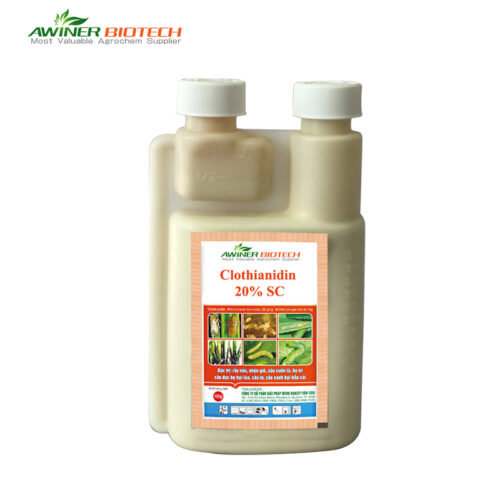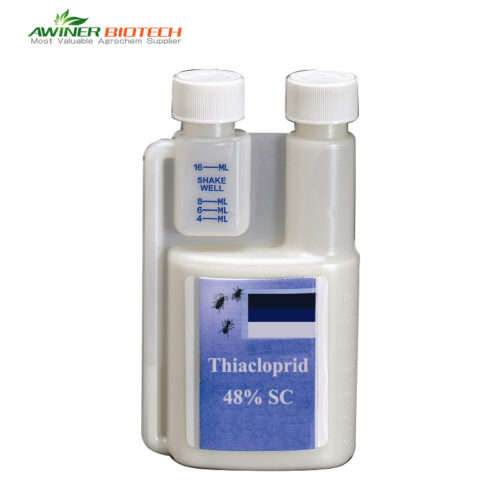Pymetrozine |
|
| Dosage form | 50% WDG,50%SC |
| Packing | 1L 、500ml 、250ml、100ml、50ml;1kg、500g、250g、100g |
| Formulation | Customized |
| Label | Customized |
| Pest | 1. Rice – Rice Planthopper, Brown Planthopper, Rice Leaf Folder, Secondary Corn Borer 2. Tobacco – Aphids, Tobacco Hornworm 3. Spinach – Aphids |
| Certification | SGS、 ISO 、BV |
| Delivery time | 20-30 days |
| Mixture products | |
| Payment terms |  |
Pymetrozine is highly selective, targeting specific pest groups without affecting beneficial insects like pollinators (e.g., bees) and natural predators (e.g., ladybugs). This selectivity helps in integrated pest management (IPM) programs where preserving beneficial insect populations is crucial.
Introduction of Pymetrozine Insecticide
Pymetrozine is a selective insecticide used to control piercing-sucking pests, particularly effective against aphids, planthoppers, and leafhoppers. It works by interfering with the feeding behavior of these pests, preventing them from ingesting plant sap, leading to starvation and death. Pymetrozine is known for its low toxicity to the environment and non-target organisms, making it an eco-friendly insecticide widely used in the protection of various crops and horticultural plants.
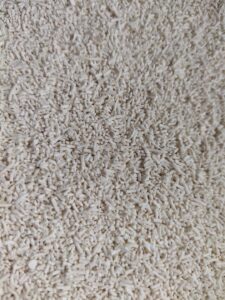 |
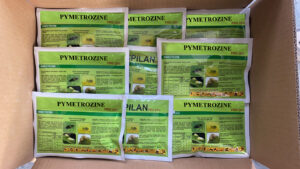 |
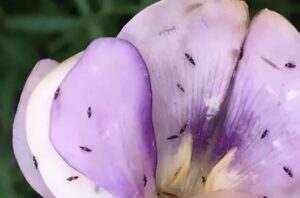 |
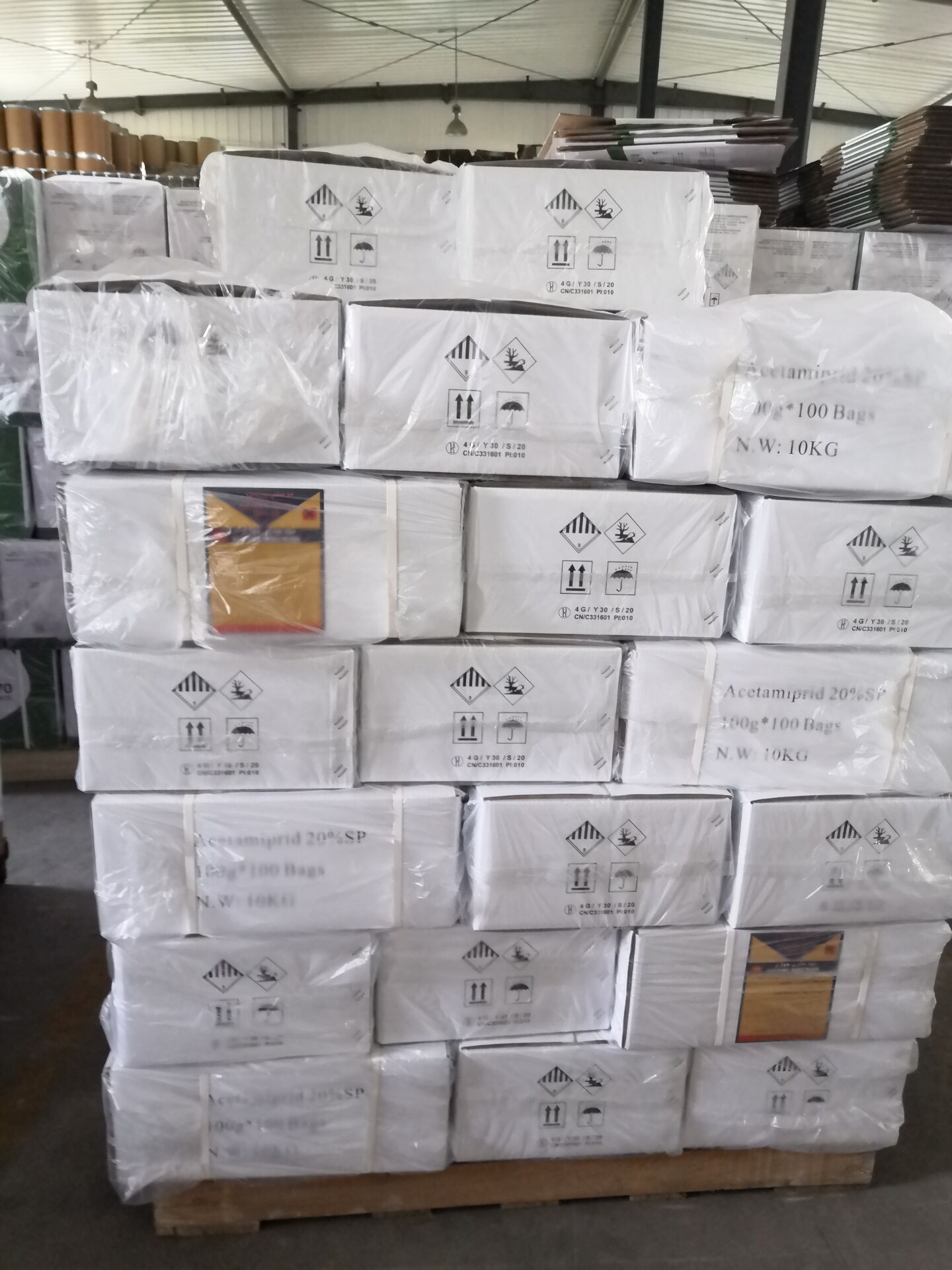 |
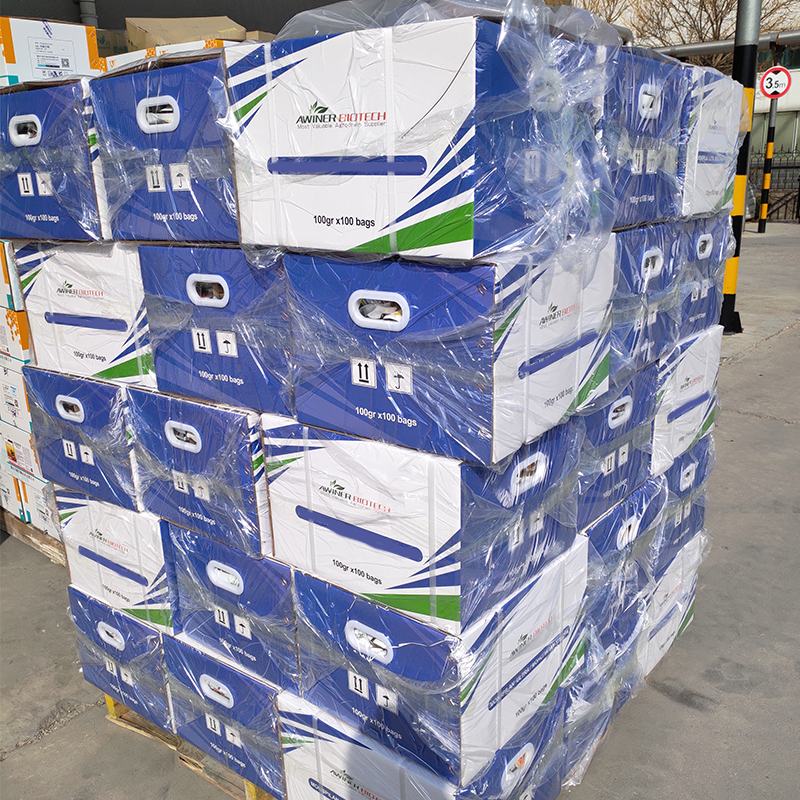 |
- Feeding Disruption: Pymetrozine affects the feeding mechanism of the pests. After ingestion or contact, it interferes with the nervous system functions that control the mouthparts of these insects. This disruption prevents them from being able to insert their stylets (feeding structures) into plant tissues to suck sap.
- Starvation: Due to the inability to feed, the pests quickly cease their feeding activity. This leads to a lack of nutrient intake, causing the pests to starve. Within a short period, typically 24 to 48 hours, the pests become inactive and eventually die from starvation.
<About Awiner Biotech>
